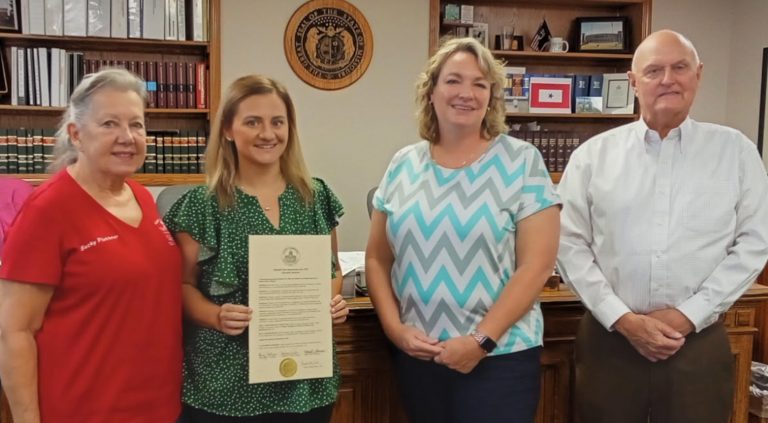By Whitney Barnes
Staff Writer
On Thursday afternoon, Dec. 12, at around 4 p.m., the skies over Marshall were adorned with beautiful atmospheric optical phenomenon known as a sundog, captivating residents with its vibrant colors.
Sundogs are relatively rare occurrences, according to The Cool Down, and can only be seen in certain conditions.
The National Weather Service explains that sundogs create colored spots of light through the refraction of sunlight shining through ice crystals. They appear approximately 22 degrees to the left, right, or both sides of the sun, depending on the presence of ice crystals. The colors typically transition from red closest to the sun to blue on the outer edge of the sundog.
Known as mock suns or parhelia (which means “with the sun”), sundogs are not just beautiful; they carry fascinating meanings. According to the Old Farmer’s Almanac, while a rainbow often signals the end of rain, a sundog plays a far more mysterious role, heralding the potential for rain within the next 24 hours.
The Old Farmer’s Almanac goes on to say that in medieval times, the three bright lights were viewed as divine signs of the trinity, a token of great fortune. Nowadays, seeing a rainbow or a sundog is a sign of good luck (or, perhaps, just being at the right place at the right time?).
The term “sundogs” has a canine-like origin. As mentioned on Space.com, this name comes from the phenomenon where sundogs often exhibit light ‘tails’ extending outward. These tails are formed by the reflection of light off the vertical surfaces of flat hexagonal ice crystals.
This breathtaking occurrence serves as a reminder that the atmosphere is not merely a backdrop for our daily weather, but rather a dynamic canvas capable of producing extraordinary visual spectacles.


